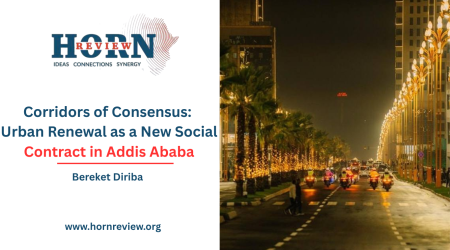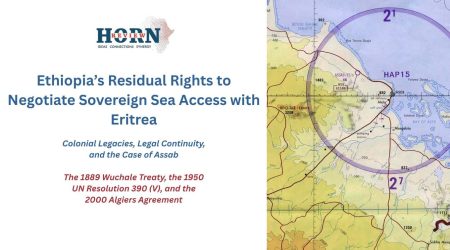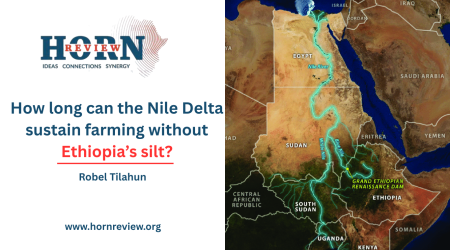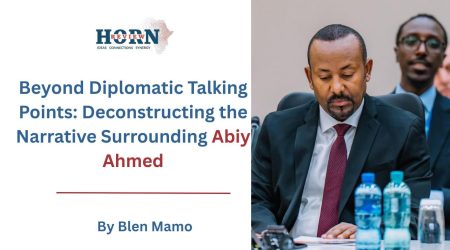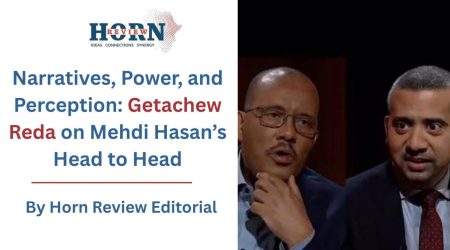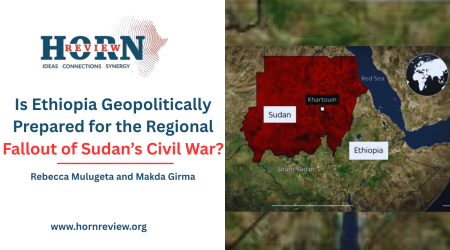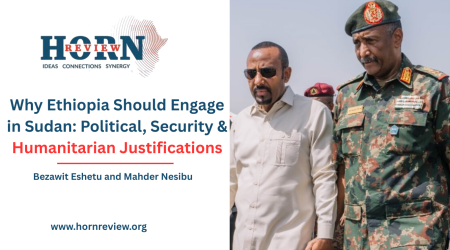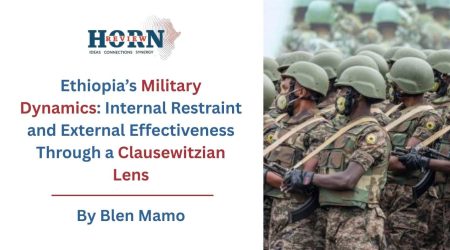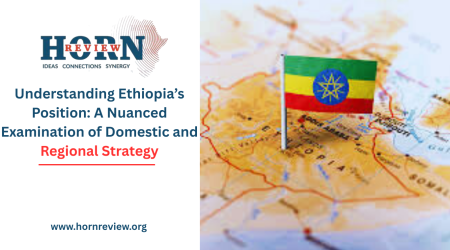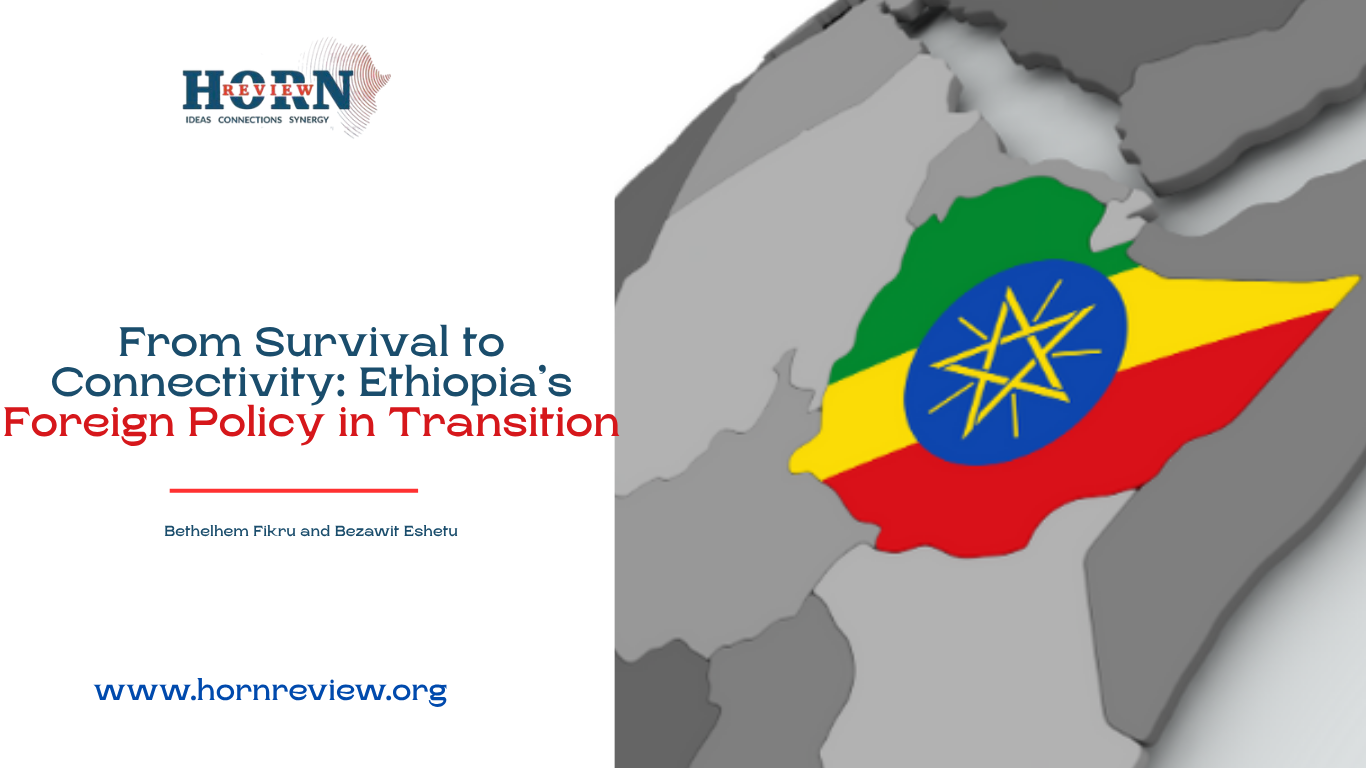
11
Oct
From Survival to Connectivity: Ethiopia’s Foreign Policy in Transition
Ethiopia’s foreign policy has undergone a profound evolution over the last two decades, shifting from a state-survival paradigm to a more outward-looking approach that emphasizes regional connectivity and human security. These two orientations, often described as inside out and outside in, are not simply different in emphasis; they represent contrasting ways of thinking about what security is, what the state’s role should be, and how external relations can serve domestic priorities. The inside out tradition associated with the Ethiopian People’s Revolutionary Democratic Front (EPRDF) prioritized resilience, territorial integrity, and central coordination between the Ministry of Foreign Affairs (MoFA) and the National Intelligence and Security Service (NISS). The outside in turn associated with the Prosperity Party (PP) under Prime Minister Abiy Ahmed has instead emphasized regional integration, economic interdependence, and the promise of foreign policy as a tool to unlock prosperity.
Comparing these approaches reveals both strengths and weaknesses. Inside out was resilient but isolating; outside in has been dynamic but vulnerable. Ethiopia’s challenge is not to choose one over the other but to find a synthesis, a foreign policy that combines the strength of state security with the promise of human security, rooted in law, institutional durability, and measurable results.
The Inside Out Tradition
The inside out approach emerged from a context of conflict and transition. After the devastating Ethio–Eritrean War (1998–2000), the EPRDF codified its outlook in the 2002 Foreign Affairs and National Security Policy and Strategy, which treated external threats as extensions of internal fragility and placed survival of the state at the center. Its core assumption was that Ethiopia could not be secure internationally unless it was consolidated internally.
This strategy was realist in nature, making the state itself the referent of security. The policy therefore linked foreign policy tightly to domestic consolidation. The Ministry of Foreign Affairs became as much a security organ as a diplomatic one, working in close coordination with the NISS. Embassies were not only platforms for diplomacy but also nodes in an intelligence network. Such arrangements gave Ethiopia significant resilience in a volatile neighborhood. The 2006 intervention in Somalia exemplified this approach: justified as a preemptive measure to protect the Ethiopian state from militant threats, it showcased how foreign policy was employed as an extension of domestic defense.
The inside out model had several strengths. First, it offered clarity of purpose and strong central coordination. By linking foreign policy with intelligence and security structures, it provided the state with agility in crisis and coherence in defending national interests. Second, it was effective in deterring external actors from exploiting internal divisions, ensuring Ethiopia’s sovereignty during turbulent regional moments. Third, it provided Ethiopia with leverage in multilateral arenas, especially in the African Union and IGAD, where its reputation as a security provider strengthened its bargaining position.
Yet the costs were considerable. By privileging security over cooperation, the EPRDF era left little room for soft power or people-to-people diplomacy. Regional neighbors often perceived Ethiopia as domineering and distrustful, undermining efforts at integration. Foreign relations were largely transactional and crisis-driven, producing short-term stability but not durable peace. The Somalia intervention illustrates these limits: while tactically effective, it contributed to long-term instability by feeding insurgency and humanitarian crises. Moreover, the state-first lens made foreign policy inflexible in adapting to broader shifts in the global order, where economic integration and non-traditional security issues were gaining primacy.
The inside out tradition, in short, was excellent at insulating Ethiopia against existential threats, but it was less capable of transforming Ethiopia’s regional position into a source of opportunity.
The Outside in Turn
When the Prosperity Party came to power in 2018, Ethiopia’s foreign policy took a dramatic outward turn. The government sought to redefine national security to include not only military defense but also economic development, social inclusion, and regional stability. The logic of outside in emphasized that Ethiopia’s prosperity could not be pursued in isolation, asserting integration with neighbors was the most promising path to domestic welfare.
The rapprochement with Eritrea in 2018 was the most visible early step. The reopening of borders, restoration of diplomatic ties, and symbolic handshake ended two decades of stalemate and signaled a willingness to use diplomacy as a tool of reconciliation. Similar moves with Sudan and Kenya followed, with cross-border markets, joint infrastructure projects, and energy interconnection initiatives. This “Horn First” orientation recast Ethiopia as a potential bridge-builder in a fractured region. It elevated soft power, cultural diplomacy, and economic engagement as key tools, contrasting sharply with the transactional realism of the EPRDF era.
The outside in approach has several notable strengths. It has expanded the definition of security to include human welfare, unemployment, and marginalization, aligning with global debates on human security. It has allowed Ethiopia to present itself as a regional convener rather than just a security bulwark, opening the door to investment and cooperation. It has also energized a new generation of diplomats trained to prioritize trade, culture, and innovation over suspicion and secrecy.
However, the model’s vulnerabilities are also clear. A central challenge has been personalization. Many of the boldest initiatives, such as the Eritrea peace agreement or the controversial memorandum of understanding with Somaliland, have been driven directly from the Prime Minister’s Office. While this personalization gives agility and visibility, it reduces institutional ownership and creates fragility. Agreements made without broad parliamentary ratification or institutional debate risk being perceived as unilateral and reversible.
The Somaliland MoU is instructive. By offering maritime access terms in exchange for recognition-related concessions, it positioned Ethiopia strategically but generated immediate backlash from Somalia and concern among regional and international actors. Critics noted that the arrangement lacked clear legal grounding and institutional consensus. This episode emphasized the risks of rapid, executive-driven diplomacy: without broader institutional anchoring, such moves can expose Ethiopia to geopolitical vulnerability.
Moreover, the outside in approach depends on domestic performance for credibility. When internal conflicts flared, the government’s ability to project a Human-centered foreign policy weakened. Humanitarian displacement, land disputes, and youth unemployment directly undercut the promise of a diplomacy built on human security. International partners increasingly judge Ethiopia not by its declarations but by measurable outcomes: reduced displacement, improved governance, and visible economic opportunity. In this respect, domestic fragility constrains the credibility of the outside in turn.
Comparing the two traditions highlights their complementary value. Inside out delivers state resilience but risks isolation; outside in generates connectivity but risks fragility if not institutionalized. The challenge is to bridge them. A pragmatic synthesis would treat state strength as the platform and human security as the outcome. That requires embedding external initiatives in law, ensuring parliamentary scrutiny of major agreements, and aligning diplomacy with measurable domestic progress Such as job creation along new corridors or reintegration of displaced populations. Equally important, interagency coordination between MOFA, NISS, and development institutions should be renewed not to securitize diplomacy but to ensure coherence across the state.
Ethiopia’s foreign policy is therefore at a crossroads. To move from survival to connectivity in a durable way, the country must secure the gains of both traditions. Resilient state capacity remains indispensable, but prosperity requires openness, legality, and trust. If Ethiopia can embed its outward vision in law and institutions while delivering tangible welfare improvements at home, it can transform its regional diplomacy into a lasting bridge between state strength and human security.
By Bethelhem Fikru and Bezawit Eshetu, Researchers, Horn Review

